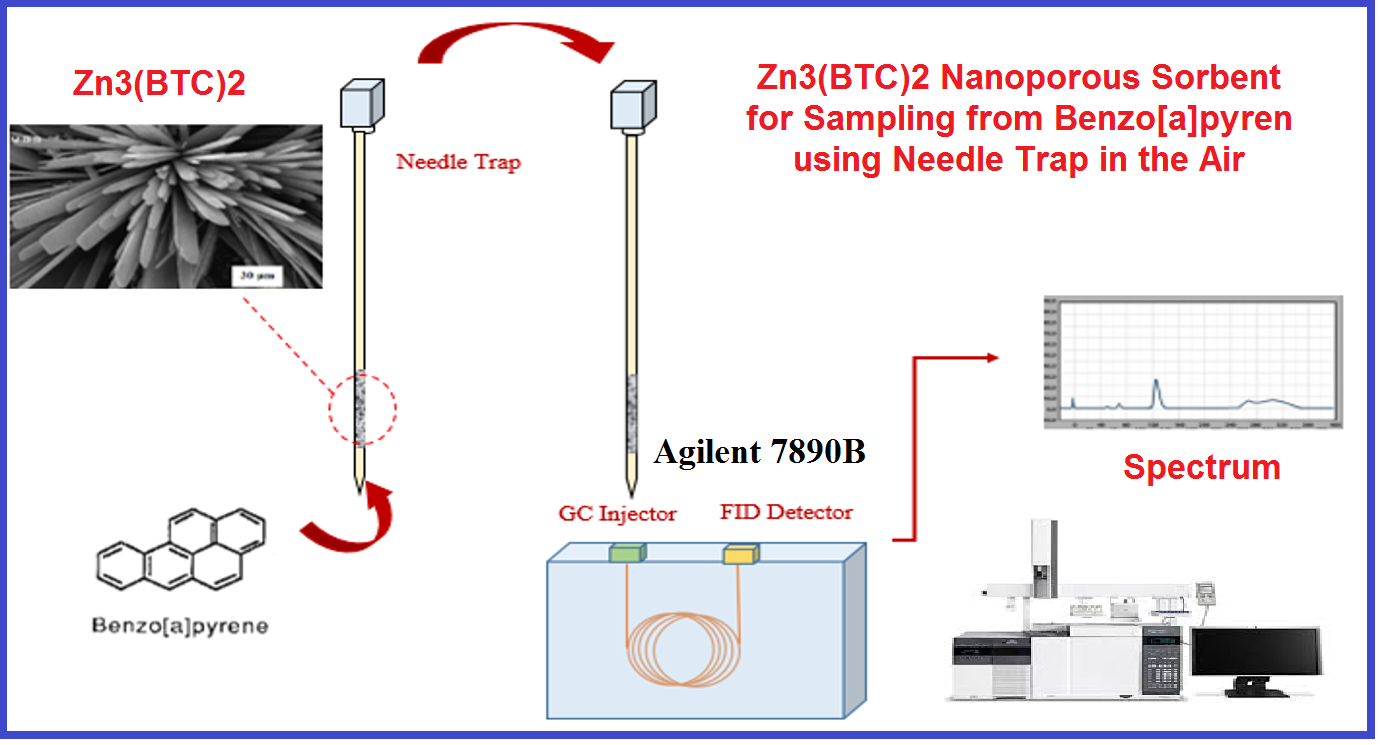Volume 10, Issue 2 (5-2020)
J Health Saf Work 2020, 10(2): 173-188 |
Back to browse issues page
Shiva Soury1 
 , Abdulrahman Bahrami *
, Abdulrahman Bahrami * 
 2, Saber Alizadeh3
2, Saber Alizadeh3 
 , Farshid Ghorbani Shahna1
, Farshid Ghorbani Shahna1 
 , Davood Nematollahi3
, Davood Nematollahi3 


 , Abdulrahman Bahrami *
, Abdulrahman Bahrami * 
 2, Saber Alizadeh3
2, Saber Alizadeh3 
 , Farshid Ghorbani Shahna1
, Farshid Ghorbani Shahna1 
 , Davood Nematollahi3
, Davood Nematollahi3 

1- Center of Excellence for Occupational Health, Occupational Health and Safety Research Center, School of Public Health, Hamadan University of Medical Sciences, Hamadan, Iran
2- Center of Excellence for Occupational Health, Occupational Health and Safety Research Center, School of Public Health, Hamadan University of Medical Sciences, Hamadan, Iran ,bahrami@umsha.ac.ir
3- Faculty of Chemistry, Bu-Ali-Sina University, Hamedan 65174-38683, Iran
2- Center of Excellence for Occupational Health, Occupational Health and Safety Research Center, School of Public Health, Hamadan University of Medical Sciences, Hamadan, Iran ,
3- Faculty of Chemistry, Bu-Ali-Sina University, Hamedan 65174-38683, Iran
Abstract: (2452 Views)
Introduction: In this study, Zn3(Btc)2 (metal organic framework) sorbent was introduced for sampling of Benzo[a]pyren from the air. The purpose of this study was to develop the sampling and analysis method by needle trap, with no sample preparation step.
Material and method: Zn3(Btc)2 sorbent was electrochemically synthesized and its properties were specified by FTIR, FE-SEM, and PXRD techniques. A glass chamber with a temperature of 120°C was used to make the certain concentration of Benzo[a]pyren. Factors affecting the efficiency of needle trap were evaluated and optimized using a response surface method considering a specific operating interval to achieve the highest efficiency. The performance of the proposed method was also investigated using the real samples.
Results: The highest desorption efficiency of Benzo[a]pyren was obtained when using the needle trap containing Zn3 (Btc)2 sorbent at 379°C and 9 min retention time. No significant reduction was observed in the analyte concentration by maintaining the sampler for 60 days. The limit of detection and limit of quantification of Benzo[a]pyren were obtained 0.01 and 0.03 mg/m3, respectively. The percentage of standard deviation of the measured values of Benzo[a]pyren in diesel exhaust was calculated 4.1%.
Conclusion: The highest desorption efficiency of Benzo[a]pyren was obtained when using the needle trap containing Zn3 (Btc)2 sorbent at 379°C and 9 min retention time. No significant reduction was observed in the analyte concentration by maintaining the sampler for 60 days. The limit of detection and limit of quantification of Benzo[a]pyren were obtained 0.01 and 0.03 mg/m3, respectively. The percentage of standard deviation of the measured values of Benzo[a]pyren in diesel exhaust was calculated 4.1%.
Material and method: Zn3(Btc)2 sorbent was electrochemically synthesized and its properties were specified by FTIR, FE-SEM, and PXRD techniques. A glass chamber with a temperature of 120°C was used to make the certain concentration of Benzo[a]pyren. Factors affecting the efficiency of needle trap were evaluated and optimized using a response surface method considering a specific operating interval to achieve the highest efficiency. The performance of the proposed method was also investigated using the real samples.
Results: The highest desorption efficiency of Benzo[a]pyren was obtained when using the needle trap containing Zn3 (Btc)2 sorbent at 379°C and 9 min retention time. No significant reduction was observed in the analyte concentration by maintaining the sampler for 60 days. The limit of detection and limit of quantification of Benzo[a]pyren were obtained 0.01 and 0.03 mg/m3, respectively. The percentage of standard deviation of the measured values of Benzo[a]pyren in diesel exhaust was calculated 4.1%.
Conclusion: The highest desorption efficiency of Benzo[a]pyren was obtained when using the needle trap containing Zn3 (Btc)2 sorbent at 379°C and 9 min retention time. No significant reduction was observed in the analyte concentration by maintaining the sampler for 60 days. The limit of detection and limit of quantification of Benzo[a]pyren were obtained 0.01 and 0.03 mg/m3, respectively. The percentage of standard deviation of the measured values of Benzo[a]pyren in diesel exhaust was calculated 4.1%.
Keywords: Air monitoring, Electrochemical synthesized, Needle trap device, Polycyclic aromatic hydrocarbons, Zn3(BTC)2 Metal-organic framework.
Type of Study: Research |
Received: 2020/06/13 | Accepted: 2020/06/13 | Published: 2020/06/13
Received: 2020/06/13 | Accepted: 2020/06/13 | Published: 2020/06/13
| Rights and permissions | |
 |
This work is licensed under a Creative Commons Attribution-NonCommercial 4.0 International License. |

